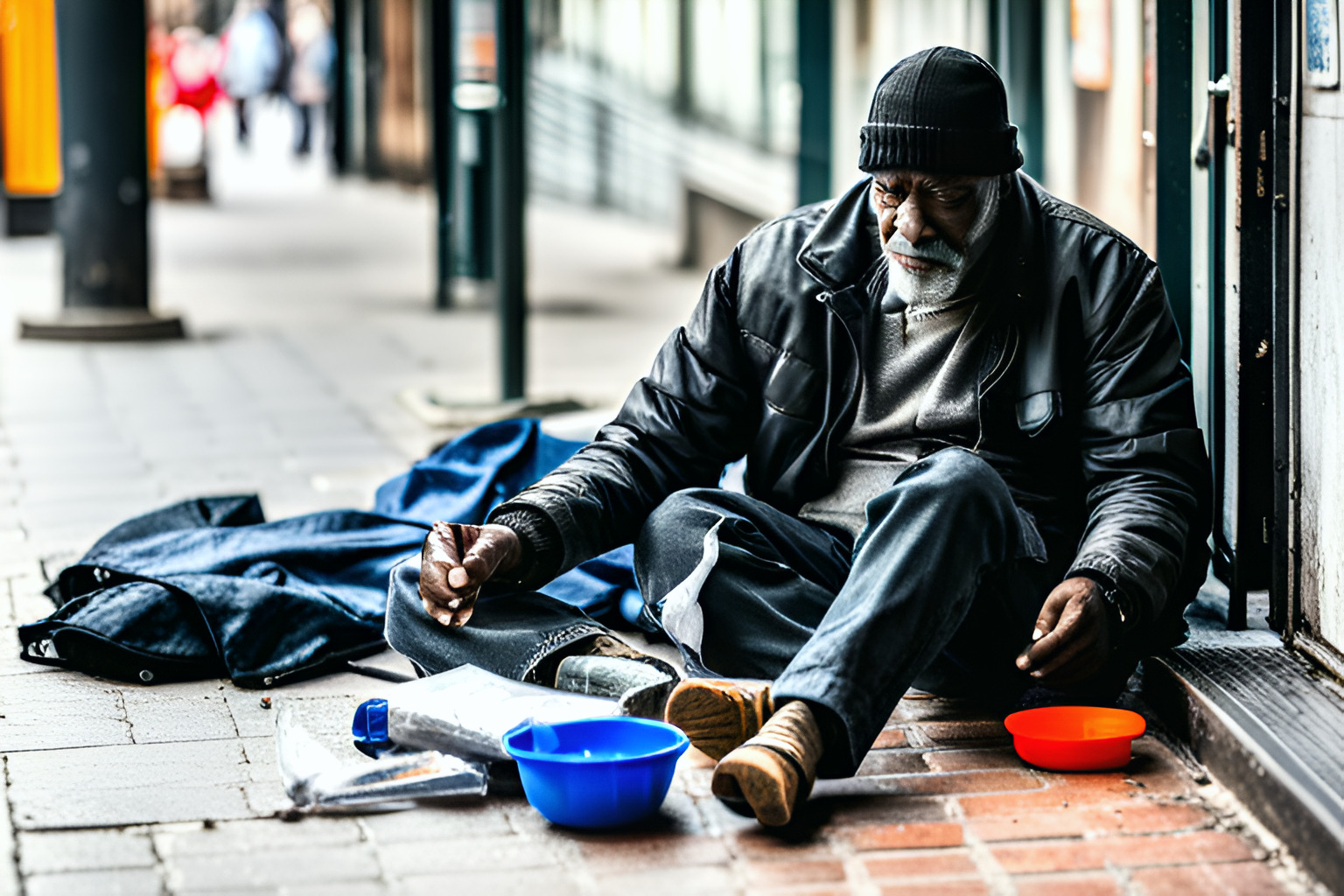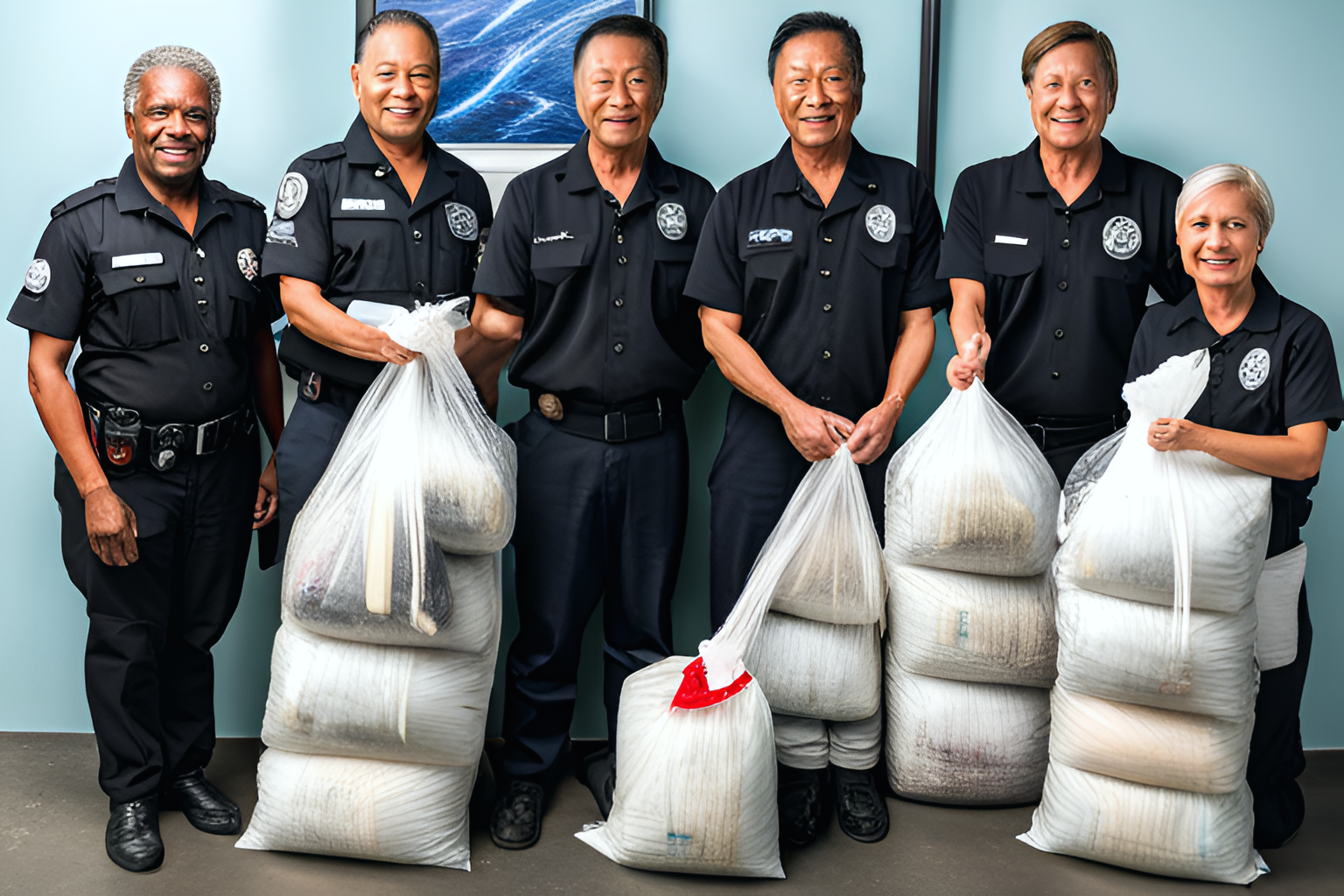The CIA and the Crack Epidemic – Really?
Introduction: Unveiling a Troubling Allegation
For decades, the American government has faced accusations of intentionally saturating the streets with hard drugs, particularly in African-American communities, as a covert means of destabilizing them and thwarting their social and political progress. These allegations gained significant traction during the emergence of the crack epidemic in the 1980s. As rumors and conspiracy theories abounded, questions arose: Did the Central Intelligence Agency (CIA) play a role in flooding American cities with cocaine? Did they collaborate with organized crime groups to propagate the crack epidemic? In this article, we explore these claims, seeking to shed light on the truth and understand how this narrative gained such widespread attention.
The Origins: From Central America to American Streets
To understand the alleged involvement of the CIA in the crack epidemic, we must first delve into the historical context. In 1979, socialist revolutionaries called the Sandinistas overthrew Nicaragua’s dictatorial government, prompting the formation of right-wing groups known as the Contras. In the Cold War struggle against the Soviet Union, the CIA provided financial and military support to the Contras, who waged a brutal paramilitary campaign against the Sandinistas.
However, in 1982, Congress passed laws to cut off support for the Contras, forcing them and their CIA backers to seek alternative means of funding their cause. They turned to the booming cocaine market that had taken hold in the United States. During the late 1970s, cocaine consumption rose dramatically, with a significant portion imported from Colombia. In the early 1980s, crack cocaine, a smokable form of cocaine, emerged and quickly spread throughout American cities, becoming a lucrative enterprise for various organized crime groups, including those allegedly supported by the CIA.
The Revelation: The Connection between the Contras, Cocaine Trafficking, and the CIA
The shocking revelation of the alleged connection between the Contras, cocaine trafficking, and the CIA occurred in 1985 when reporters Robert Parry and Brian Barger broke a story that exposed the Nicaraguan rebels’ involvement in drug trafficking. Parry and Barger claimed that not only was the CIA aware of these activities, but they also allowed them to continue to support the Contras’ war effort.
Their reporting was met with resistance from their superiors, leading to the loss of their jobs. At this point, the CIA vehemently denied involvement in the drug trade. Nonetheless, rumors began circulating on the streets, suggesting that the U.S. government, actively or passively, enabled the distribution of crack cocaine.
The Investigation: Freeway Rick Ross and the Dark Alliance
In 1996, reporter Gary Webb from the San Jose Mercury News took up the mantle and investigated the case of Freeway Rick Ross, a significant figure in L.A.’s crack scene and one of America’s first crack millionaires. Webb uncovered the link between Ross’s primary cocaine supplier, Danilo Blandón, a Nicaraguan exile, and the Contras. Blandón funneled significant profits from cocaine sales back to the Contras through Miami banks.
Blandón, in turn, worked for Norwin Meneses, a prominent drug trafficker in Nicaragua believed to have close ties to the Contra leadership and alleged CIA protection. Webb’s investigation shed light on a well-documented crack distribution ring that had operated for years, with the CIA seemingly looking the other way.
Webb’s reports, published in a three-part series titled “Dark Alliance” in August 1996, caught the nation’s attention, particularly within the African-American community, disproportionately targeted by law enforcement during the crack epidemic. Although Webb did not explicitly assert that the CIA deliberately caused the crack epidemic, the public imagination latched onto that narrative, fueled by an image published by The Mercury News of a man smoking crack superimposed on the CIA logo.

The Impact: Internet Virality and Mainstream Media Backlash
The story of the alleged CIA involvement in the crack epidemic gained further momentum due to the rise of the internet. “Dark Alliance” was one of the first major investigative journalism pieces to be published simultaneously in print and online. Consequently, it went viral, spreading rapidly among street protesters, talk radio hosts, and politicians eager to criticize the Reagan and Bush administrations.
California Congresswoman Maxine Waters championed Webb’s work, expressing concern about the possibility of the government’s involvement in drug trafficking. In a highly unusual move, the CIA director defended the agency at a heated community meeting in Los Angeles, vowing to uncover the truth. However, the public’s trust in the CIA’s ability to investigate itself remained understandably skeptical.
Equally shocking was the reaction of America’s mainstream media. Instead of taking up the mantle and conducting further investigations into the CIA’s involvement, major newspapers such as the L.A. Times, Washington Post, and New York Times attacked Webb personally. This relentless assault on his journalism eventually forced Webb out of his profession, and he tragically took his own life in 2004.
In 1998, the CIA’s inspector general released a report admitting that many elements of the Dark Alliance story were proper. The agency acknowledged that they knew of individuals associated with the Contras importing cocaine and had failed to take action against them, even going so far as to protect them from the investigation.

Conclusion: The Unveiled Truth and Its Consequences
In summary, the evidence suggests that while the CIA did not directly sell crack cocaine, they collaborated with and protected significant drug traffickers linked to the Contras. The CIA’s acknowledgment of this fact came far too late, and no significant consequences befell those responsible within the agency or the mainstream media. Instead, Gary Webb, the journalist who exposed the story, and the millions of individuals affected by unjust and racially biased legislation during the crack crisis paid the price.
The crack epidemic of the 1980s remains a painful chapter in American history. It exposed the vulnerability of marginalized communities and the often-destructive consequences of the war on drugs. As we reflect on this dark period, we must strive for a fair and just society where the truth prevails, accountability reigns, and past mistakes serve as lessons for the future. Only then can we hope to mend the wounds and foster a society that values the well-being and progress of all its citizens.
The 1980s – It never ends
You gotta try this amazing link that teleports you to another random article. Try it!
